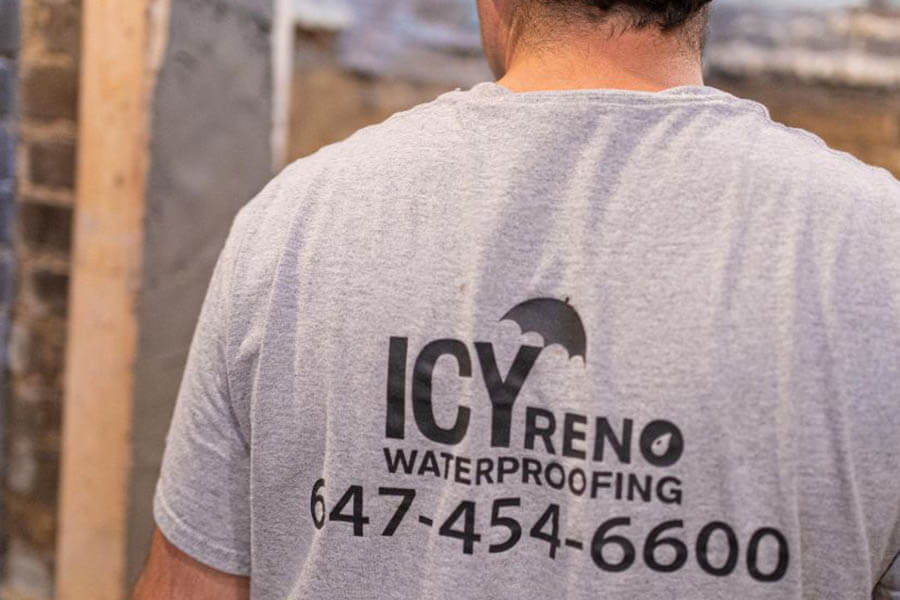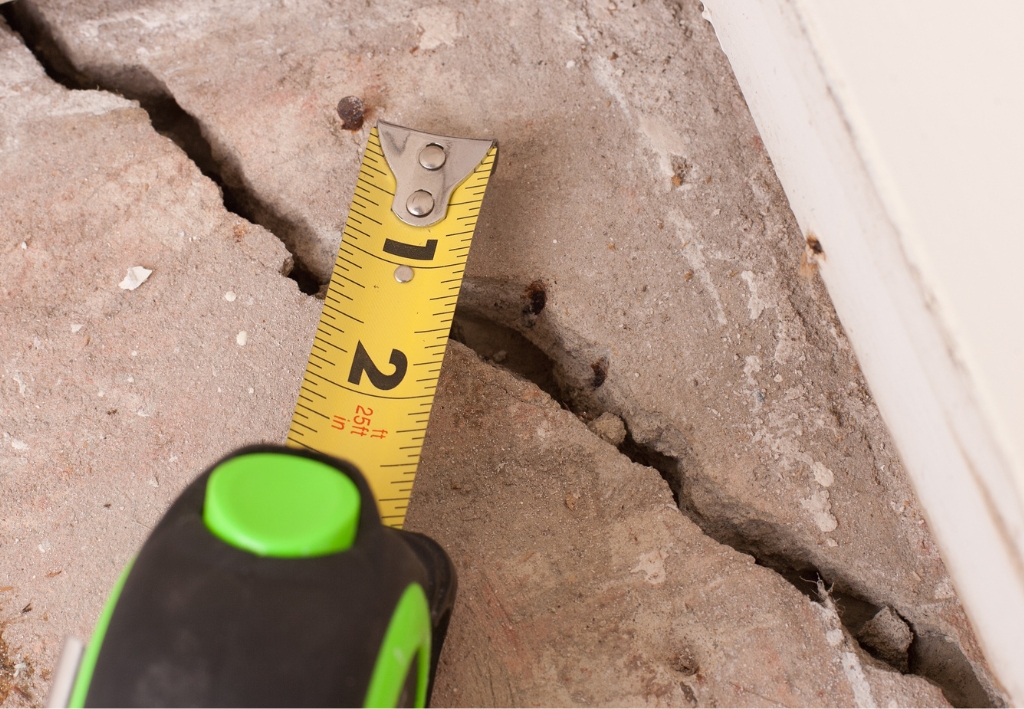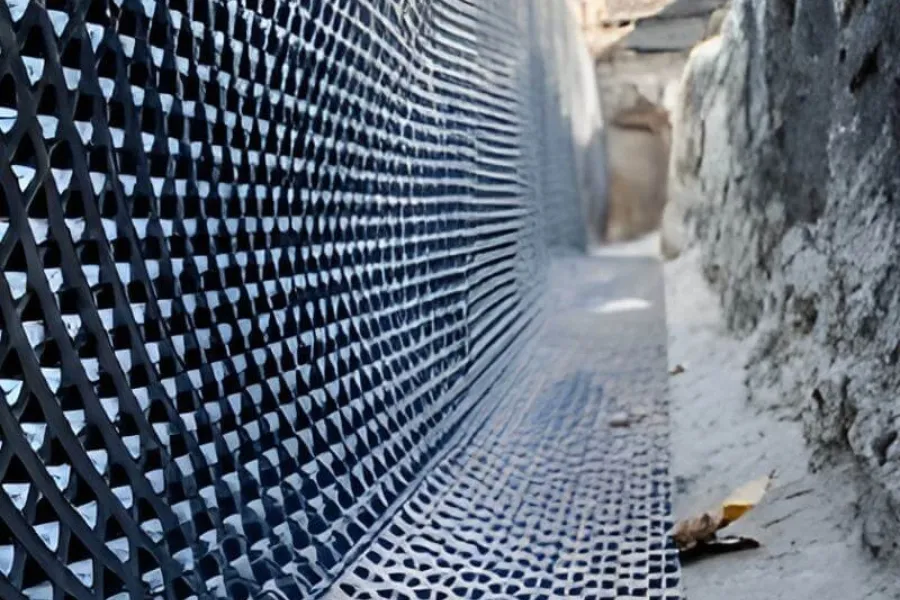Basement Waterproofing in Toronto
Top-Rated Basement Waterproofing Contractors
Tired of dealing with basement leaks or water damage in your Toronto home? IcyReno Waterproofing provides expert basement waterproofing in Toronto designed to protect your foundation, eliminate moisture issues, and keep your home dry year-round.
- Certified and Experienced Contractors
- Bonded & Insured Waterproofing Company
- All in One Solution: Permits, Materials, and Execution
- Fast Response Times with Helpful Customer Service



















